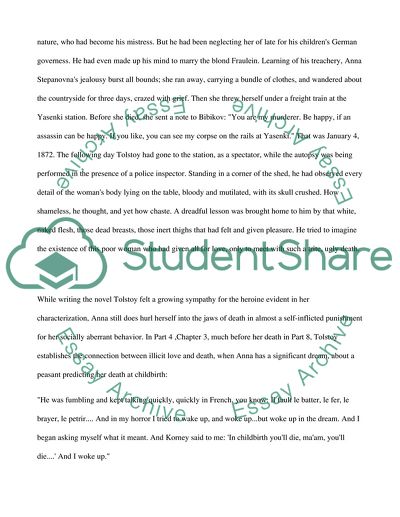Cite this document
(“The theme of Death in literature (Anna Karenina and One Hundred Years Essay”, n.d.)
The theme of Death in literature (Anna Karenina and One Hundred Years Essay. Retrieved from https://studentshare.org/literature/1535359-the-theme-of-death-in-literature-anna-karenina-and-one-hundred-years-of-solitude
The theme of Death in literature (Anna Karenina and One Hundred Years Essay. Retrieved from https://studentshare.org/literature/1535359-the-theme-of-death-in-literature-anna-karenina-and-one-hundred-years-of-solitude
(The Theme of Death in Literature (Anna Karenina and One Hundred Years Essay)
The Theme of Death in Literature (Anna Karenina and One Hundred Years Essay. https://studentshare.org/literature/1535359-the-theme-of-death-in-literature-anna-karenina-and-one-hundred-years-of-solitude.
The Theme of Death in Literature (Anna Karenina and One Hundred Years Essay. https://studentshare.org/literature/1535359-the-theme-of-death-in-literature-anna-karenina-and-one-hundred-years-of-solitude.
“The Theme of Death in Literature (Anna Karenina and One Hundred Years Essay”, n.d. https://studentshare.org/literature/1535359-the-theme-of-death-in-literature-anna-karenina-and-one-hundred-years-of-solitude.


